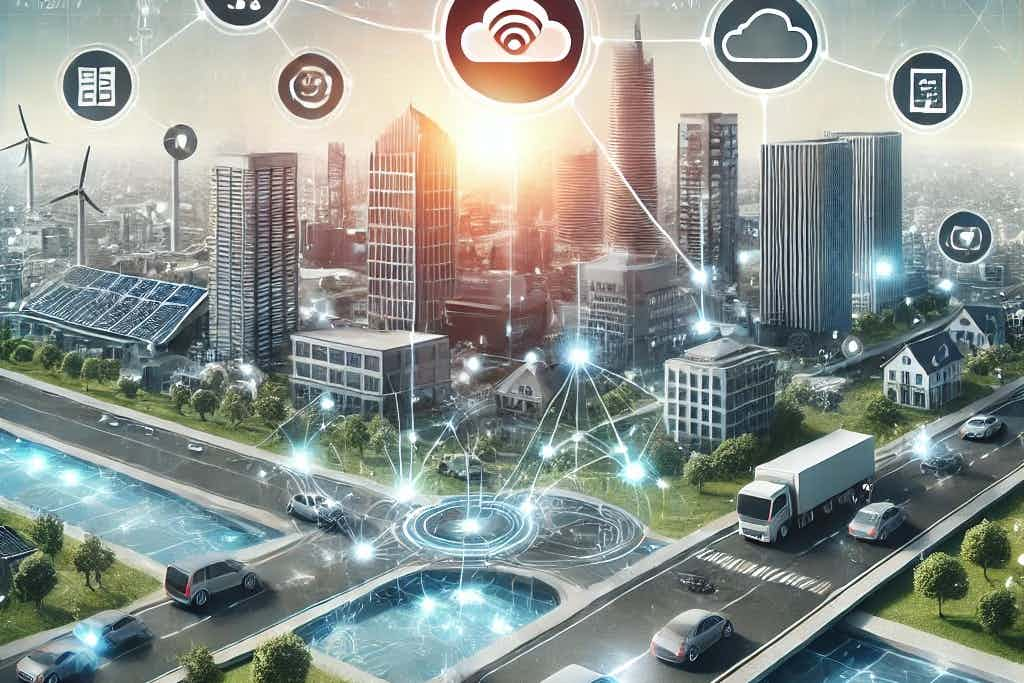You know that feeling when your GPS reroutes you in real-time to avoid a traffic jam? Or when the streetlights dim as the sun rises—like magic? That’s not just good luck or some city wizard behind the scenes. It's edge computing at work, and it’s kind of a big deal.
While the term might sound like something straight out of a tech pitch deck, edge computing is doing the quiet, behind-the-scenes work of making cities smarter, faster, and a lot more efficient. And honestly, it’s about time.
So, What Exactly Is Edge Computing?
Think of it like this: Instead of sending all your data on a long-distance trip to some massive data center in another city (or country), edge computing lets devices process data right where it’s created. Whether it’s a traffic sensor or a garbage bin with a brain, decisions can be made on the spot—fast.
It’s like upgrading from dial-up to fiber, but for city infrastructure.
Why Smart Cities Love Edge Computing
Smart cities aren’t just buzzwords tossed around at tech conferences. They’re real places using tech to solve very real problems—like clogged roads, wasteful energy use, and outdated public safety systems. Edge computing is what gives these cities their “smarts.”
🚦 Real-Time Reactions, No Waiting
Imagine traffic lights that adjust on the fly based on how jammed an intersection is. Or ambulances that get green lights all the way to the hospital because the system knows they’re coming. That’s edge computing flexing its muscles.
⏱️ Bye-Bye Lag
When milliseconds matter—say, in autonomous vehicles or emergency response—you can’t afford to wait for a cloud server to weigh in. Edge devices process what’s needed, when it’s needed. No middleman. No delay.
📶 Less Data Clutter
Streaming every bit of info from thousands of sensors to the cloud? Not ideal. Edge computing lightens the load by handling most of the grunt work locally. It’s like letting your phone sort your photos before uploading the best ones to the cloud.
🔒 Keeping Things Private
Sensitive stuff, like medical info or surveillance footage, doesn’t need to travel halfway across the world to be processed. With edge computing, it can stay close—encrypted and secure—right where it started.
⚡ Smart and Energy-Savvy
Sending data across networks takes power. Processing it on the spot? Way more efficient. Edge computing helps cities cut back on energy waste, especially when managing utilities like electricity or water.
📡 When the Cloud Ghosts You
What happens if a network hiccup takes down cloud access? Edge devices can keep running independently. That means your smart grid, transit signals, or safety systems don’t just... stop.
Where It’s Already Happening
Traffic Systems: Smarter stoplights, real-time rerouting, and even parking spaces that guide you to an open spot—without screaming in frustration.
Public Safety: Surveillance cameras that detect threats instantly. Gunshot sensors that pinpoint where shots were fired. It’s not sci-fi—it’s happening now.
Air Quality & Weather: Hyper-local readings on pollution and conditions help city officials act fast when the environment takes a turn.
Garbage Collection: Yes, even trash cans are getting upgrades. Sensors track when bins are full so pickups happen when needed—not just on a schedule.
Not All Smooth Sailing
Of course, it’s not all roses and instant innovation. Managing hundreds (or thousands) of edge devices? Tricky. Keeping them secure? Even trickier. And getting everyone to agree on standards? That’s the real puzzle.
But despite the hiccups, momentum’s building. With the rollout of 5G and the explosion of IoT gadgets, edge computing is only going to get more powerful—and more useful.
So, What’s Next?
Edge computing won’t turn your city into a sci-fi utopia overnight. But step by step, it’s laying the groundwork for cities that react in real time, make smarter decisions, and actually feel like they’re built for the people living in them—not just the data they generate.
It’s not flashy. It’s not trying to impress you. But quietly, steadily, it’s becoming the backbone of the next urban revolution.











